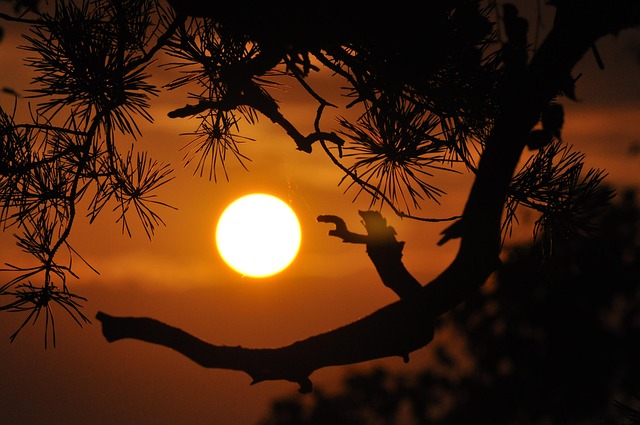When we think about photography, the first thing that often comes to mind is capturing a moment, telling a story, or expressing a feeling through visual means. But beneath the surface of these captured moments lies a complex interplay of light, shadow, and detail that demands our attention. At the core of this visually thrilling experience is the contrast setting, a potent tool in the arsenal of any photographer.
Understanding Contrast in Photography
Contrast in photography refers to the difference between the darkest and lightest parts of an image. It is what gives depth and dimension, creating a visual hierarchy that draws viewers into the frame. High contrast images can evoke intense emotions, providing a punch that grabs the viewer’s attention. Conversely, lower contrast images tend to convey softness and calmness, inviting contemplation. Understanding and masterfully manipulating this aspect of photography can transform even the most mundane photo into something that resonates deeply with the audience.
The Role of Optics
When we talk about contrast, we cannot overlook the role of optics. Lenses dictate how light is captured and how contrast is defined in your photographs. Different lenses have unique capabilities when it comes to handling contrast. A high-quality lens can render sharper images with pronounced contrast, while a lower quality lens may result in softer, flatter images. Selecting the right optics for the mood you aim to convey is a critical consideration for any photographer. It’s not just about sharpness; it’s about the entire visual story that your photo aims to tell.
Layering Contrast for Depth
Beyond the basic contrast settings available in your camera, there’s an entire world of layering that can enhance your photographs. By combining elements of light and shadow, you can create a sense of texture and dimension that engages viewers on a deeper level. Look for natural patterns in your environment that can enhance the layered contrast of your images. Trees casting shadows over a sandy beach or architectural features against a bright sky can provide rich opportunities for compelling contrasts.
Experimenting with Settings
The best way to master contrast is through experimentation. Don’t hesitate to adjust the contrast setting on your camera and play with post-processing tools. Software like Adobe Lightroom offers sliders that allow for precise contrast adjustments, letting you selectively enhance specific areas of your photo. Experimenting with these tools can lead to the discovery of unique styles and expressions that speak to your artistic vision.
As you explore your camera and delve into the world of photography, keep in mind that contrast is more than just a tool; it is a language. It communicates mood and emotion, guiding viewers through your visual narrative. The next time you pick up your camera, remember the immense power of contrast, and embrace the art of layering in your shots. Each click of the shutter is an invitation for you, the artist, to explore and manipulate the captivating interplay of light and shadow in every frame.



